Introduction: In the vibrant tapestry of Kenya’s agricultural sector, the agroprocessing segment is a crucial thread that weaves together cultivation and consumption. It adds value to raw agricultural products, drives economic growth, and enhances food security.
In this comprehensive blog post, we embark on a journey through the dynamic world of agroprocessing in Kenya, uncovering its pivotal role, market dynamics, technological innovations, challenges, and the promising future it holds for the nation’s agricultural prosperity.
Join us as we explore the agroprocessing sector that bridges the gap between the farm and the table.
Agroprocessing in Kenya – A Catalyst for Economic Growth
Agroprocessing plays an essential role in Kenya’s agricultural landscape as a catalyst for economic growth and development. The processing of raw agricultural commodities into value-added products has been an integral part of the country’s economy for decades.
The origins of modern agroprocessing in Kenya can be traced back to the colonial era when large-scale processing of key exports like coffee, tea, and sisal began under European settlers. Post-independence, the sector steadily grew with the establishment of food processing companies like Unga Group, Pembe Flour Mills, and Kenya Cooperative Creameries (KCC) in the 1960s and 1970s.
Today, agroprocessing makes a significant contribution to Kenya’s GDP, estimated at around 10% as of 2020. The added value generated by processing activities helps drive industrialization and creates employment opportunities in manufacturing, logistics, and associated services. According to the Kenya Association of Manufacturers, the food processing sub-sector alone employs over 200,000 people directly.
Beyond economic benefits, agroprocessing also plays a key role in enhancing food security and nutrition for Kenyans. Processing techniques help reduce post-harvest losses and wastage while converting perishable produce into stable, nutritious products with longer shelf-life.
Dairy cooperatives like Meru Central Union help smallholder farmers gain access to markets by collecting, chilling and processing milk. Food manufacturing giants like Bidco Africa produce affordable edible oils, margarine and baking ingredients that meet local consumption needs.
Overall, the agroprocessing segment will be crucial to realizing Kenya’s national development goals around job creation, industrialization and food security as outlined under the country’s Vision 2030 policy blueprint.
Market Overview
Kenya’s agroprocessing sector has experienced steady growth over the last decade and is now estimated to be worth over KES 500 billion. It accounts for over 65% of the country’s manufacturing sector with thousands of small, medium and large-scale players spread across the country.
Key agroprocessing companies in Kenya include Bidco Africa, Brookside Dairy, West Kenya Sugar Company, Soy Afric, Unga Group, and Kapa Oil Refineries among others. These firms focus on processing grains, dairy products, edible oils, beverages, animal feeds, nuts, fruits and vegetables. Bidco Africa is one of the largest agroprocessors in the region with over 16 manufacturing plants and a turnover exceeding KES 60 billion annually.
Farmer cooperatives also play a central role, especially in the dairy industry. Cooperatives like Meru Central Union, KCC and Githunguri Dairy Cooperative handle milk procurement, processing and marketing for over 500,000 smallholder farmers across Kenya.
In terms of sub-sectors, grain milling has the highest processing output followed by dairy products, baked goods, animal feeds, edible oils and beverages. Kenya’s dairy exports which include ultra-heat treated milk, cheese, yogurt and butter are also growing steadily, earning over KES 20 billion annually.
Overall, experts project the agroprocessing sector to account for at least 50% of total manufacturing value addition in Kenya by the year 2030. This will make it a KES 1 trillion industry, supporting millions of jobs across agribusiness value chains.
Diverse Agroprocessed Products
Kenya’s agroprocessing sector has a diverse portfolio of value-added products covering key agricultural commodities. These range from staple crops to horticulture produce and animal-based products.
For cereals and grains, agroprocessing involves milling to obtain flours, semolina, blended foods and baking ingredients. Key players in this space include Unga Group, Pembe Flour Mills, Alpha Grain Millers and Mombasa Maize Millers. Milling maize, wheat and cassava extends shelf life, facilitates storage, transport and meets demand for flour-based foods like ugali, bread and biscuits.
In dairy, raw milk is commercially processed into pasteurized milk, ultra-heat treated milk, yoghurt, cheese, ghee, butter and milk powder. Through cooperatives like Githunguri, Meru Union and KCC, smallholder farmers gain access to markets by pooling together their milk for processing.
Brands like Brookside, Tuzo have catalyzed large-scale processing and created a vibrant formal dairy value chain.
For produce like mangoes, pineapples and bananas, processing techniques include pulping, juicing, drying, freezing and canning to make juices, jams, concentrates, dried fruits or frozen produce. Kevian Kenya, TruFoods and Kisii Canning Factories are notable players adding value to Kenya’s horticultural bounty.
Nuts like macadamia, peanuts and coconuts are processed into edible oils, peanut butter, desiccated coconut and other products. Oils from cotton, sunflower, and soya beans are refined into edible oils and by-products. Meats are processed into sausages, bacon, cold cuts and meatloaves, evident in Farmer’s Choice and Farm Africa’s value-added range.
Overall, such processed foods enhance shelf-life for perishable produce while unlocking their nutritional benefits through more stable, easy to consume products.
Agroprocessing Techniques
Agroprocessing in Kenya employs various techniques to extend shelf life, preserve nutrients and enhance the quality of agricultural produce.
- Solar drying remains one of the most widespread methods for smallholder farmers and cooperatives. It is used to dehydrate produce like mango slices, chilli, vegetables, maize, herbs and meat into dry, shelf-stable products. Small units consist of net drying racks and UV-stabilized plastic sheets while large-scale units use advanced greenhouse tunnel dryers.
- Canning involves sterilizing food products like juices, jams, soups inside sealed containers to destroy spoilage microorganisms. The common steps are grading, peeling, blanching, filling, seaming, sterilization and labelling. High care canned foods can have a shelf life of over 5 years.
- Freezing is used for produce like French beans, broccoli, strawberries, fish and poultry products. It helps retain the original color, texture and nutrients. Cold chain infrastructure like refrigerated trucks, cold stores, and freezers enable large-scale freezing.
- Other techniques include pasteurization of milk using heat treatment, fortification with vitamins and minerals, packaging in pouches, glass jars, bags and cartons. Modified Atmosphere Packaging (MAP) with inert gases also helps prolong shelf life.
Such processing allows raw materials to be stored, distributed and sold long after harvest. It provides income security for farmers and jobs across the value chain while delivering nutritious, affordable foods to consumers.
Technological Advancements in Agroprocessing
Kenya’s agroprocessing sector has steadily embraced technology to boost efficiency, safety and quality across the value chain. Automation is being adopted by large processors to improve production volumes, minimize errors and optimize costs.
Investments in food safety and standards are also rising. Traceability technologies like barcodes track raw materials to the source farm. Testing regimes ensure adherence to standards for microbiological and chemical risks. Accreditations like ISO 22000, HACCP, Halal and Kosher certify implementation of global food safety systems.
Digital weighing scales, moisture meters, thermometers and acidity meters enable real-time monitoring of quality parameters in agroprocessing plants. Metal detectors, magnets, optical sorters and X-ray machines also help remove physical hazards and contaminants.
Some notables examples of automation and technology adoption:
- Almarai Company installed an automated aseptic processing line for long-life milk and juices at a cost of KES 1.2 billion in Naivasha.
- Ruby Agro invested in automated French beans processing equipment capable of handling 2 tons of produce per hour.
- Komaza Coffee installed a tech-driven carousel line with optical sorting and roasting automation.
- A 24/7 manned centralized server by Lely allows Githunguri Dairy farmers to remotely monitor milk quality and production.
- Safaricom and Twiga Foods partnered to launch a blockchain-based supply chain platform for traceability.
Looking ahead, agtech and food safety innovations will be crucial to enhance quality, gain competitive edge and meet the demands of local supermarket chains and global export markets.
Challenges and Constraints
While Kenya’s agroprocessing segment holds immense potential, it also faces several challenges that constraint optimal performance.
- Access to affordable financing is one key obstacle, especially for small enterprises. High interest rates above 15% make it difficult to secure capital for upgrading equipment, cold chain infrastructure, and plant expansion.
- Reliable energy supply is another challenge. Power outages lead to significant losses and wastage in temperature-sensitive agroprocessing operations. Off-grid processors rely on expensive diesel backup which raises production costs.
- Low production volumes due to poor post-harvest handling of raw commodities prevents economies of scale. High transportation costs in the absence of domestic cold chains also erode processor margins.
- More established firms face unfair competition from the informal sector and cheap imports. Unga Group has blamed contraband maize flour imports for their declining market share. Cheap vegetable oil imports from Asia have also hurt local cooking oil processors.
- Finally, inadequate technical skills in areas like food technology, engineering and cold chain management constrain productivity and growth.
To build resilience, players need to collaborate with financial institutions, adopt renewable energy solutions, enhance farmer training on post-harvest handling, engage with policymakers on supporting local industry and boost expertise through training programs.
Government Initiatives and Policies
The government of Kenya has introduced various initiatives and policies aimed at supporting the growth of the agroprocessing sector.
- At the institutional level, regulators like the Kenya Bureau of Standards (KEBS) and the Department of Public Health have been spearheading reforms focused on food safety and quality. The Food, Drugs and Chemical Substances Act provide the legislative framework covering food standards, hygiene, labeling and imports.
- Fiscal incentives like VAT exemptions and reduced corporate taxes were introduced in 2020 to cushion processors from COVID-19 impacts. Import duty waivers have also been granted on agroprocessing equipment not locally available.
- Under its ‘Big 4 Agenda’, the government plans to establish Special Agroprocessing Zones across Kenya. These zones aim to boost value-addition by facilitating shared infrastructure like roads, electricity and water for agribusiness enterprises.
- The Kenya Industrial Transformation Programme also aims to enhance the productivity and competitiveness of the manufacturing sector including agroprocessors. It provides subsidized loans and technical assistance for upgrading capabilities.
While these policies and programs hold promise, continued public-private dialogue is key to effectively address the major bottlenecks around energy, infrastructure, food safety institutions and trade barriers.
Sustainable Agroprocessing
Sustainability is emerging as a key imperative for Kenya’s agroprocessing enterprises. It enhances resource efficiency, minimizes environmental impacts and creates shared value for companies and communities.
- Many processors are investing in eco-friendly practices and equipment. Biogas recovery systems reduce effluent pollution and generates clean energy from organic waste. Solar-powered milk chillers cut emissions and energy costs for dairy cooperatives. ‘Green’ refrigerants like ammonia and propane replace ozone-depleting chemicals in cold chain infrastructure.
- Minimizing water usage, adopting ‘zero waste’ production techniques, and sourcing raw materials from sustainable farms are also part of improving sustainability metrics. Incorporating Corporate Social Responsibility (CSR) activities like farmer trainings and nutrition drives promotes inclusivity.
- Producer organizations like the Sustainable Inclusive Business Kenya lobby for sustainability to be embraced beyond CSR. Some corporates like Kevian have gained certification from sustainability standards like Global G.A.P which signal strong commitment. However, more policy support and self-regulation is required to make sustainable agroprocessing the norm rather than the exception.
Market Access and Export Potential
A major advantage of agroprocessing is opening avenues for smallholder farmers and cooperatives to access reliable markets for their produce. Processing extends shelf life allowing raw materials to be aggregated and sold when market conditions are favorable. By linking production to market demand, income stability improves for farmers.
- For export markets, agroprocessing is also the key enabler. Processing techniques like drying, juice extraction, freezing, and canning allow produce to be stored and shipped over long distances to foreign markets.
- Kenya’s agroprocessed exports including coffee, tea, nuts, juices, herbs, spices, essential oils and dairy products earn billions of shillings annually. Leading processors have obtained international quality certifications that open access to lucrative markets like the European Union. Between 2015 and 2019, the value of agroprocessed exports grew from KES 154 billion to KES 194 billion.
Diversifying into emerging niche products like avocado oil, macadamia nuts, coconut sugar, baobab powder and moringa extracts can help expand Kenya’s export portfolio. With rising health consciousness globally, demand for such ‘superfoods’ is projected to surge. Investing in internationally accredited processing capabilities will be key for tapping into these growing opportunities.
Future Prospects and Opportunities
Kenya’s agroprocessing landscape has strong growth prospects supported by several emerging opportunities. Product and market diversification into nutraceuticals, organic foods, halal products and gluten-free offerings can boost competitiveness. Innovation in packaging like retort pouches and edible films provides distinctiveness.
- Developing integrated value chains where firms have oversight from cultivation to end-product marketing can improve quality control and prevent revenue leakages. Contract farming linkages between processors and small farms allow for mutual benefits through guaranteed markets and inputs.
- Regional expansion into the East African market allows processors to reap economies of scale and competitive advantages. With a population approaching 200 million and rising incomes, the demand outlook for processed foods and beverages in East Africa is robust.
- Moving higher up the value chain into food services like baking, ready-to-eat meals, and meat delicatessen provides new revenue streams. Investing in commercial research and development to constantly innovate products and processes is also key to retaining a competitive edge.
Overall, the future looks bright for agroprocessing in Kenya as long as innovation, diversification and sustainability remain central pillars of growth strategies.
Case Studies and Success Stories
- Bidco Africa provides an illuminating case study of how agroprocessing can support broad-based socioeconomic development. Starting as an edible oils manufacturer in 1985, Bidco has expanded into multiple agroprocessing segments including soaps, baking powder, animal feeds and hygiene products. It sources from over 30,000 smallholder farmers, channels economic opportunities to rural areas and contributes over 3% of Kenya’s GDP.
- Twiga Foods demonstrates how technology can add value in agricultural supply chains. Its mobile-based platform connects farmers and vendors to a large customer base. Using smart logistics and mobile payments, Twiga delivers fresh produce quickly and at low cost. The startup has grown to handle 300 metric tons per week, boosting incomes for thousands of farmers.
- Meru Greens Horticulture demonstrates sustainable agroprocessing and export success. Their solar-powered vegetable dehydration facility reduces waste of surplus produce. The crisp, nutrient-dense dried vegetables find demand in Europe and America as healthy snacks. Their dried mango strips are also becoming popular exports.
Such success stories showcase how agroprocessing entities of different sizes and capabilities can create value while also addressing socioeconomic and sustainability goals. This builds optimism about the sector’s future win-win potential.
In summary, this in-depth look into Kenya’s agroprocessing landscape reveals an industry primed to catalyze broad-based growth. Agroprocessing is fulfilling its multifaceted role – building on the country’s agricultural comparative advantage to deliver economic, nutritional and developmental outcomes.
However, to truly realize its potential, concerted collaborative efforts between agribusinesses, government and partners must continue. Developing supporting policies, technologies and sustainable solutions to prevailing challenges will be vital going forward.
The opportunities are plentiful – as seen in rising investor interest, expanding regional markets and promising innovations. With a forward-thinking, inclusive approach, Kenya’s agroprocessing revolution can transform livelihoods, address food security imperatives and establish the country as the agroprocessing hub of Eastern Africa.
References:
- Kenya National Bureau of Statistics (2019). 2019 Kenya Population and Housing Census Results. Nairobi
- Daily Nation (2022). State bets on special zones to grow agro-processing. https://nation.africa/kenya/business/state-bets-on-special-zones-to-grow-agro-processing-3813354
- Mwirigi, P., Mulu-Mutuku, M., Othuon, L. and Wafukho, S. (2020). State of Agro-processing Industry in Kenya. KIPPRA Policy Paper No. 2/2020. Kenya Institute for Public Policy Research and Analysis.
- Ooko, H., Kavaarpo, M. and Oduor, C. (2021). Assessing the Impacts of Agro-Processing on Employment and Incomes in Kenya. KIPPRA Discussion Paper No. 228 . Kenya Institute for Public Policy Research and Analysis.
- Wanjala, J. (2021). An Overview of the Agro-processing Subsector in Kenya. KIPPRA Policy Brief No. 3/2021. Kenya Institute for Public Policy Research and Analysis.
- Wasilwa, L., Ndirangu, L., Ngugi, I. and Ntuli, H. (2020). Africa Agriculture Status Report: Kenya. AGRA, Nairobi, Kenya.
- Were, D. (2018). Agro-Processing and Value Chains. KIPPRA Working Paper No. 24/2018. Kenya Institute for Public Policy Research and Analysis.

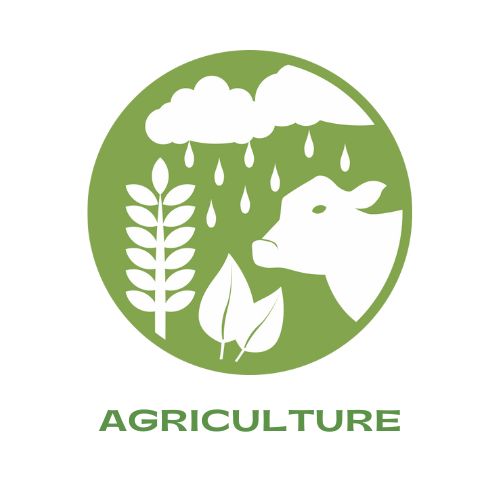





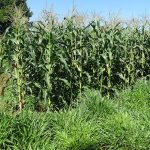
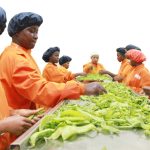
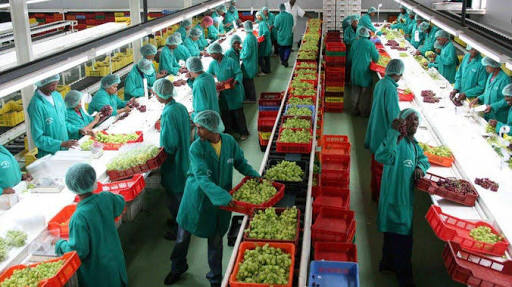


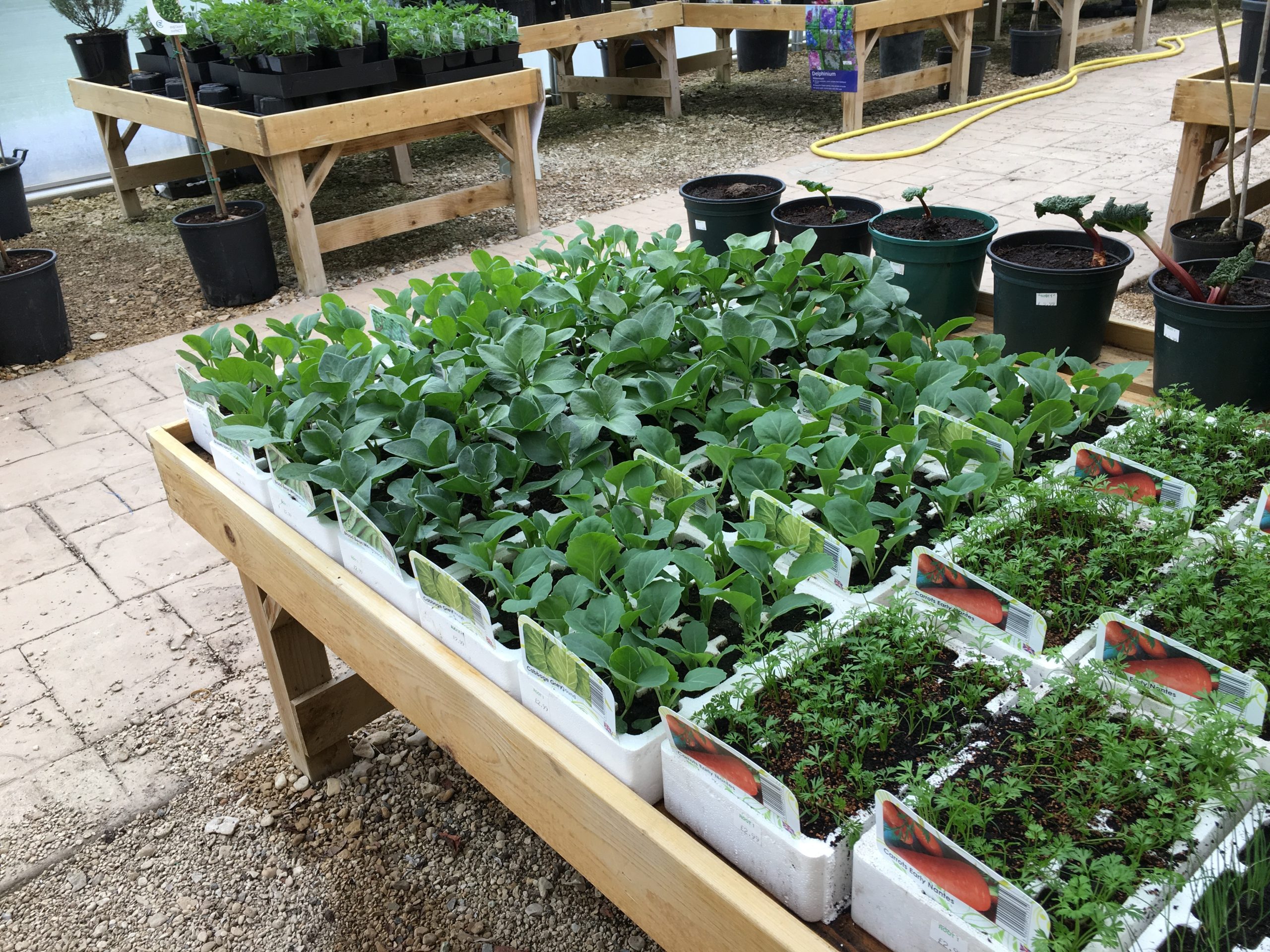
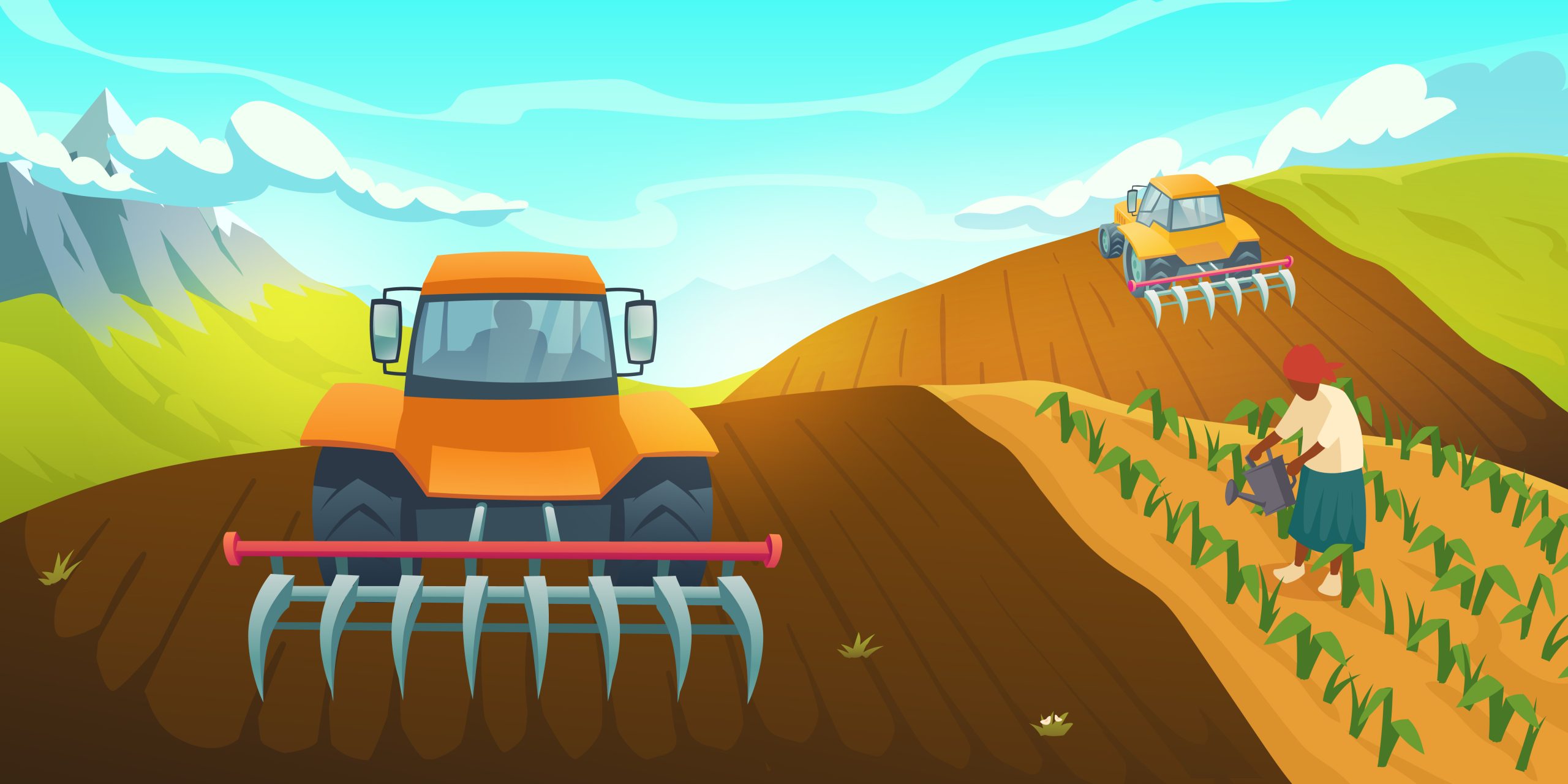
One thought on “Farm to Fork: Unveiling the Agroprocessing Revolution in Kenya’s Agricultural Landscape”